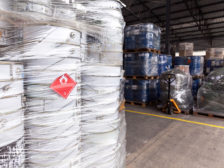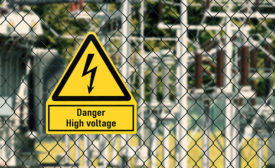Articles by Mark H. Stromme
4 steps to an effective respiratory protection program
Breathe easy with a plan
October 14, 2020
Safeguard your employees
Using personal fall arrest systems require serious planning, training
July 14, 2020
Stay proactive in your workplace with hazard signs, alarms, and signals
Alerts on display
April 1, 2020
Become a Leader in Safety Culture
Build your knowledge with ISHN, covering key safety, health and industrial hygiene news, products, and trends.
JOIN TODAYCopyright ©2025. All Rights Reserved BNP Media.
Design, CMS, Hosting & Web Development :: ePublishing









